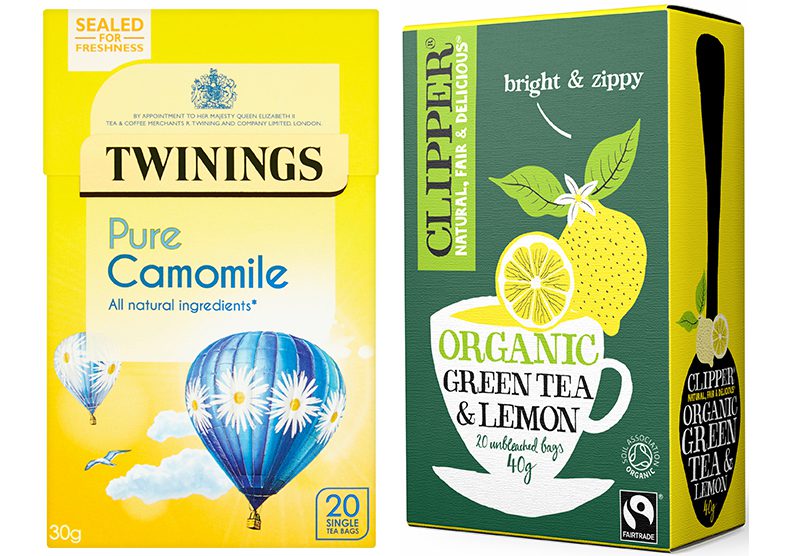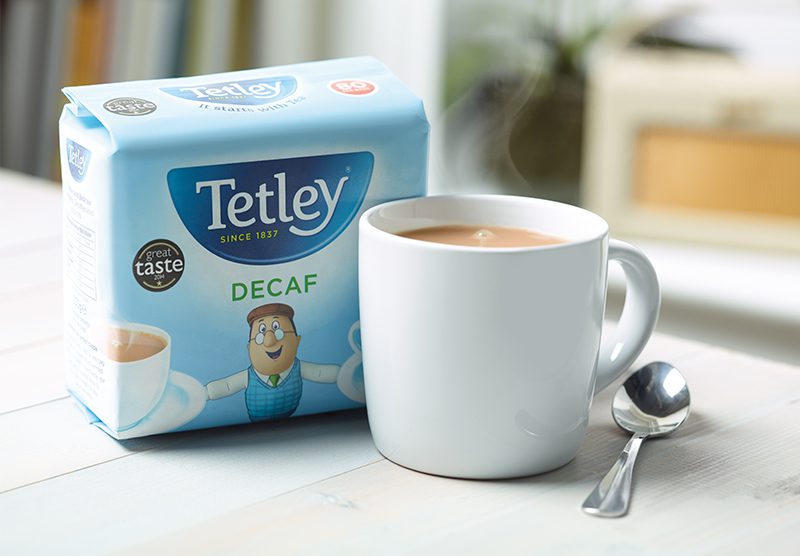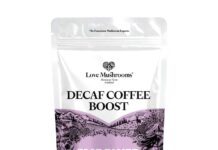Making the most of a category in growth

MILK and two sugars may still be the standard for many households but with more styles of tea on offer than ever before, shoppers are now stocking up on much more than traditional black bags.
That’s the view of a number of tea producers who have suggested convenience retailers may be missing a trick if they have not yet hopped aboard the premium tea train.
Peter Dries, customer and shopper marketing director for Tetley, highlighted figures from the UK Tea and Infusions Association, which show a daily total of 165m cups of tea consumer in the UK each day, as evidence that the category is in good health, but it is evolving.
“We have seen major changes in the tea sector in recent years with growing awareness of tea as a healthy beverage a big driver of these,” said Dries.
There are big returns to be had from the higher margin products in the healthier sectors of the tea category.
“Stores risk missing out on sales if they don’t stock products from the growth areas in tea. With careful selection of the right range there are big returns to be had from the higher margin products in the healthier sectors of tea.
“Choosing products in the growth areas of tea that fit shopper demand will sell the best and deliver higher value.”
Adele Ward of Wessanen UK, the firm behind Clipper Teas, agreed on the importance of premium teas to the convenience sector, and he suggested some areas that retailers may consider investigating.
“We recommend that retailers stock a diverse range to offer their customers, having the right balance of black tea including organic, earl grey, decaf to suit a variety of shoppers’ needs.
“Also green tea has become a must-stock line, from the classic green variants to green and lemon, the category is performing well as more people recognise the health benefits it can offer,” he said.

It’s not just enough to stock a range of premium teas, Ward suggested. It’s also a good idea for retailers to brush up on their product knowledge.
“It is advisable that retailers ensure they have a good knowledge of the different tea varieties and brands available so they can help shoppers find the right tea for their needs. The UK Tea and Infusions Association can provide a good overview of the tea industry including growing and production techniques, the different types of tea and infusions and health and nutrition information,” he said.
The opportunity provided by premium teas is sizeable according to David Rich of Twinings, who said research shows 48% of households now buy into speciality, green and infusion teas – but that doesn’t mean retailers should go overboard.
“There may be a temptation to over-range the fixture, such is the depth of choice available across different tea brands, flavours and combinations hence retailers are advised to stick to 1-2 products in the key sub-sectors and stock the leading brands,” said Rich.
“When retailers are comfortable that their range reflects the needs of shoppers and isn’t too complicated they should lay out their tea fixture according to sectors, separating out standard and premium teas.
“Within premium teas, retailers should merchandise all speciality, green and infusions packs in individual blocks making it quick and easy for shoppers to find what they want.”


















